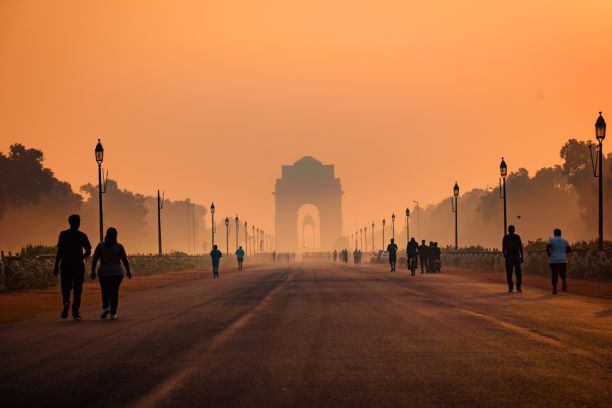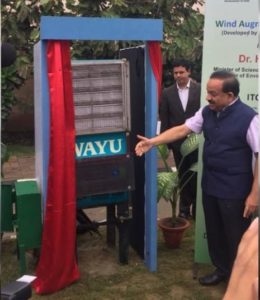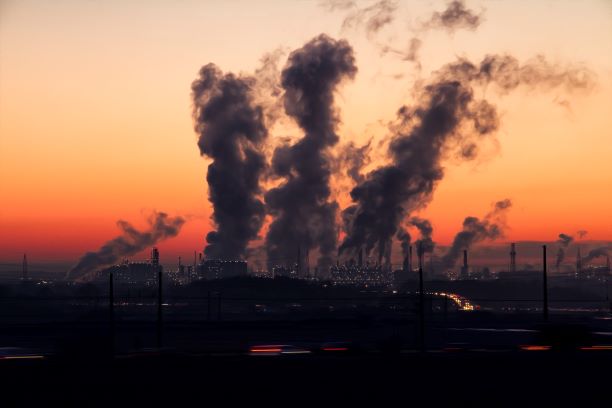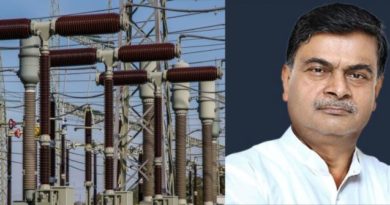Too little Too late: Govt Earmarks 300 Crores to Fight Air Pollution in 102 cities
 Will we see actual crackdown on air pollution?
Will we see actual crackdown on air pollution?
NCAP or National Clean Air Programme is a pan-India strategy to tackle increasing air pollution problem in a comprehensive and time-bound manner. However, the overall cost of air pollution abatement measures for 102 cities, will be much more than what the government has planned for.
The Centre has set a mid-term (five-year) target to reduce air pollution by 20-30% by 2024, taking 2017 as the base year. NCAP is supported by World Bank, German Development Agency (GIZ), AFD (French funding Agency), Swiss Development Corporation and Bloomberg Philanthropies.
“The NCAP has been finalized after consulting experts and stakeholders. It will soon be formally announced by the environment minister Harsh Vardhan,” an official statement said.
The initial budget is meant for expanding Air quality monitoring capacities in states, setting up national emission inventories and conducting source apportionment studies in cities to identify nationwide pollution hotspots.
Similarly, source apportionment (identification of emission sources and assessment of the extent of the contribution of these sources on ambient environment) studies have already been initiated in six cities-Delhi, Mumbai, Chennai, Bangalore, Pune and Kanpur.
We believe that the plan is well behind the curve on making a significant impact . Firstly because the amount is very small. The pollution in India is comparable to China where Beijing Municipality’s (state) annual budget for pollution control in 2017 was between USD 1 and 1.5 Billion. The NCAP budget for 102 cities is just ($4,26,54,000) or over 42 million dollars.
Second, This is not the first time that such claims to clean air has been made. While we are still waiting for artificial rains, in September, The National Environmental Engineering Research Institute (NEERI), Nagpur-based laboratory of the Council of Scientific and Industrial Research (CSIR), developed air cleaning device to address air pollution at high traffic zones like traffic intersections and parking areas.

Prototypes of the device, named WAYU, was installed at the ITO Junction in central Delhi and Mukarba Chowk in north Delhi. Minister for Science and Technology Dr. Harsh Vardhan unveiled the prototypes.
The government had 54 more units to be installed in other parts of the city, the minister said. The cost of purifier is Rs 60,000 each.
Suffice to say , for a city with an area of over 1800 sq Km, any number of devices would not suffice, creating the need to tackle the issue at source.
Air pollution has become Achilles heels for the government as reports from all over the world, like WHO, have reprimanded the failure to tackle the problem. If Indians had cleaner air to breathe, their average life expectancy would increase by 1.7 years, from the current 69 years to 70.7, a new study has said.
Air pollution caused one in every eight deaths and a total of 1.24 million deaths in India in 2017. India’s annual average level of fine inhalable particles in the air, commonly referred to as PM 2.5, was 90 μg/m3–the fourth highest in the world and more than twice the limit of 40 μg/m³ recommended by the National Ambient Air Quality Standards in India and nine times the World Health Organization annual limit of 10 μg/m3.






